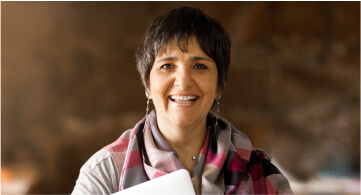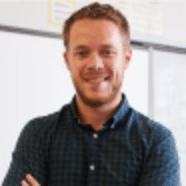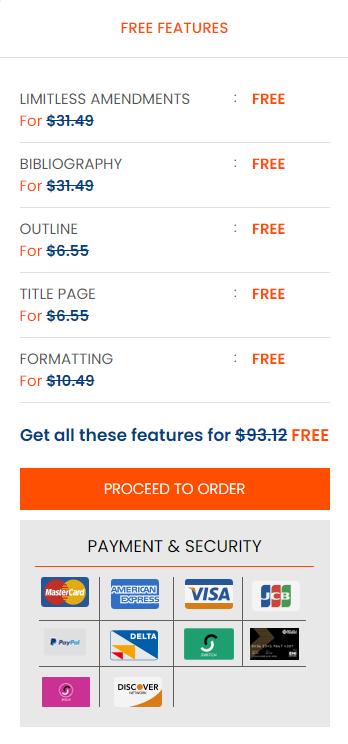After reviewing the resources included below:
THIS IS A CONTINUATION OF HW # 1 (PARTS 3 & 4)
WORD DOC INSTRUCTIONS/RESOURCES ATTACHED AS WELL
PART 3: Application of Diversity Knowledge (1 Page) If you were teaching a postsecondary class or workshop, tell how what you have learned about multiple intelligences, learning styles, and/or other diversity issues would inform your work. Be specific. Then, Provide a half-page Reflection. (Total 1.5 pages)
Be sure to include references, in APA format
PART 4: Disability Considered in Diversity Efforts (1 Page) Take a look at the diversity-related web pages (e.g., it may be part of a “Diversity, Equity, and Inclusion” initiative on some campuses) of one postsecondary institution of your choice. Include the URL and institution name. List which types of diversity are mentioned. If disability is mentioned, do other links on the page suggest that this aspect of diversity is as important as others? Then, Provide a half-page Reflection. (Total 1.5 pages)
Be sure to include references, in APA format
Your responses should be SUBSTANTIVE (but, not overly exhaustive when appropriate): they should demonstrate a serious engagement with the text(s)/video(s),etc. all claims you make should be fully and completely explained and claims about what the text says should be backed with PROPER quotations and/or evidence from the text and or reflections of the videos. Be sure to provide enough reference information in your responses so that we can find the page/quotation/etc. that you are referring to or discussing in your responses. YOU MAY NOT USE ANY OUTSIDE SOURCES – ONLY WHAT IS PROVIDED.
ASSIGNMENT RESOURCES:
The Textbook
Burgstahler, S. (2020). Creating Inclusive Learning Opportunities in Higher Education: A Universal Design Toolkit, Harvard Education Press.
READ the Foreword and Preface of the textbook. Some of this content will provide a review of what we have covered; other content will add further detail.
Students with Disabilities and College
Before launching into discussions about the design of postsecondary technology, services, courses, and physical spaces that are accessible to, welcoming to, and usable by individuals with disabilities it is good to reflect on the importance of college attendance for students with disabilities, what challenges they face, and what roles they and other stakeholders can play to prepare them for success.
The Importance of College
VIEW the video linked below to hear why some students with disabilities think it is important to earn a college degree.
CTRL + CLICK: DO-IT Scholars Discuss the Importance of College (Links to an external site.)
Transitioning to College
Challenges for students with disabilities as they transition to college include:
o diminished support systems after high school
o little access to successful role models
o inadequate self-advocacy skills
o lack of or ineffective accommodations
o low expectations on the part of people with whom they interact & …
o inadequate access to technology—mainstream & assistive technology (AT)—that could increase independence, productivity, and participation in all aspects of adult life—education, careers, family life, community engagement, and recreation.
The success of students with disabilities in higher education is impacted by many stakeholders, as illustrated in the following figure—people with disabilities themselves; parents and family members; peers; K–12 teachers, counselors, and support staff; postsecondary administrators, faculty, and staff; legislators and policymakers; government service providers; and community leaders and group members. Stakeholders who can promote or hinder the success of people with disabilities include those presented in FIGURE P.2 in the Preface of the textbook.
The DO-IT Center engages these stakeholders in projects that lead to the success of students with disabilities in college and careers. FIGURE P.1 in the textbook Preface shares a model developed by DO-IT’s Access STEM project to increase the participation of individuals with disabilities in science, technology, engineering, and mathematics (STEM) fields. It is used to track the success of individuals with disabilities as they work through critical junctures toward college and career success. The model also highlights multiple stakeholders and inputs/interventions (e.g., mentoring, peer support, technology access) that support them on their journey.
When possible DO-IT programs engage students in several activities since evidence suggests that multiple interventions lead to the greatest impact. An example is the DO-IT Scholars program, which prepares high school students with disabilities for success in college and careers. Scholars attend Summer Study sessions on a college campus. They connect with program staff, DO-IT mentors, and each other year-round using social media and also meet in person at DO-IT events and other venues. Through online and on-site opportunities, DO-IT Scholars
Researchers at SRI International in 2009 concluded that what DO-IT Scholars gained that is most important for successful postsecondary transition and retention outcomes was:
The DO-IT Scholars program is just one example of many programs that work directly with students with disabilities to help them successfully transition to college and beyond.
Succeeding in College
Students with disabilities face unique challenges in postsecondary education. In the videos linked below you will get to hear directly from two-year and four-year college students and graduate students to gain insights into challenges faced by students with disabilities and stakeholder roles in meeting these challenges.
Hear about the personal experiences of college students with disabilities in the four-minute video linked below. VIEW
CTRL + CLICK: What’s it Like? (Links to an external site.)
The following video shows how students with disabilities can overcome challenges as they move from a two-year to a four-year college. VIEW
CTRL + CLICK: Moving On: The Two-Four Step (Links to an external site.)
In the following three-minute video a student who is blind shares her journey that has brought her to a place where she is pursuing a PhD. VIEW
CTRL + CLICK: How Can We Encourage Students with Disabilities to Pursue Computing? (Links to an external site.)Links to an external site.
As is true for other students, with appropriate supports, there is much students with disabilities can do to contribute to their own success in college, such as learning to self-advocate for accommodations. However, there are also proactive steps a campus can take to create an environment that is welcoming and accessible to students with disabilities. That is what “universal design” is all about. We’ll explore specific examples of how universal design can contribute to the success of all students, including those with disabilities, in the remaining units of this course.
(c) 2017- Sheryl Burgstanler. All rights reserved.







